A few years ago, when the market was not so crowded with technology, batteries on phones were removable. The revolution in this area was made by the manufacturers of smartphones Apple, who were the first to introduce the world to phones with a battery that could not be pulled out. After that, different manufacturers followed their example, and now almost every brand has its own model of a gadget that does not have a removable battery. What is the reason for this, and what are the pros and cons of a non-removable battery in a smartphone? Let’s figure it out.

Why are manufacturers increasingly making smartphones with non-removable batteries?
There are many reasons for developers to switch to the production of smartphones with built-in batteries. And the first one is more design maneuvers. You don’t need to think about how to arrange the elements so that it is convenient to remove the cover, or how not to make the back panel design completely clumsy. As a result, manufacturers can create:
- more compact phones;
- non-assembled models, elements in which will not creak, play or dangle;
- gadgets with the highest quality assembly.
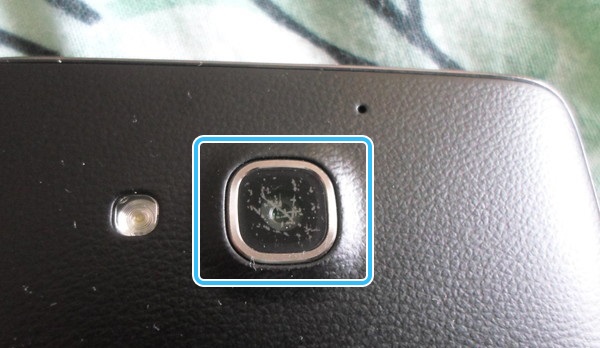
Phones with non-removable batteries are more sealed than their collapsible counterparts, which means that they have increased protection against moisture, dust, dirt and other external adverse influences.
Another important reason why the built-in battery is still better is the additional protection of the electronics directly from the user himself. So many craftsmen who are trying to “improve” their device with their own hands use compatible batteries with a larger capacity. As a result, such interference spoils the electronics of the device, sometimes even without the possibility of recovery. And in some cases, the battery swells, overheats or even explodes. So from this side, the scales in the duel between removable and non-removable smartphone batteries outweighs on the side of non-separable models.
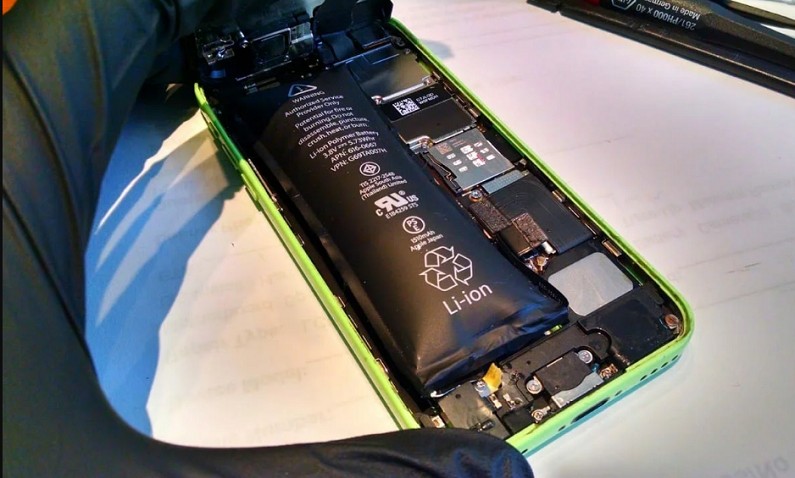
Non-removable battery phones
Despite the fact that there are still models with removable batteries on the market, there are more and more non-separable models. There are objective reasons and advantages for this.
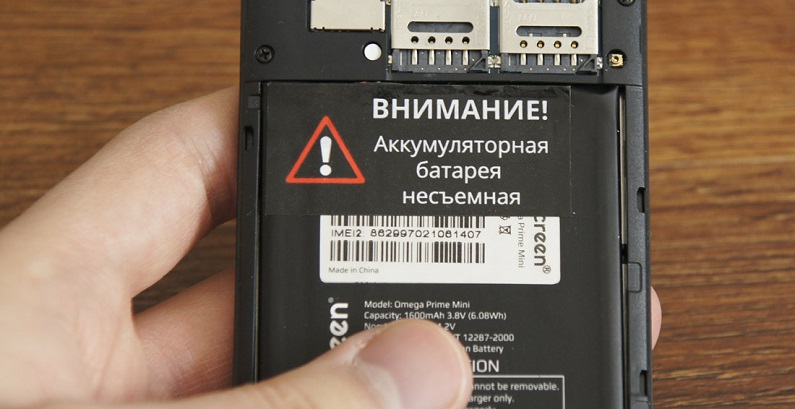
Advantages:
- reduction in production costs;
- more opportunities for designing a design;
- the ability to significantly reduce the thickness of the case;
- better assembly and no squeaks, backlash;
- the ability to make the back cover from any material (for example, metal);
- improved tightness of the entire structure;
- increased protection of electronics from moisture.

Non-removable batteries make phones virtually invulnerable to moisture
Disadvantages:
- lack of alternative charging methods (only using a USB cable);
- inability to reboot the device by removing the removable battery;
- no emergency battery change during discharge (solved by purchasing a power bank);
- the capacity of the battery becomes less over time, and for replacement you will have to contact a service center;
- after drowning the device, it will be more difficult to reanimate it than a model with a removable battery.
Pros and cons of removable batteries
It cannot be denied that Apple is seriously influencing a number of trends and technical features of modern gadgets. Their rejection of removable batteries has led to the fact that now it is very rare to see a phone where you can remove the battery.
At the same time, it cannot be said that this approach has only disadvantages. Moreover, there are a number of advantages due to which a removable battery will significantly outperform the battery built into a smartphone.
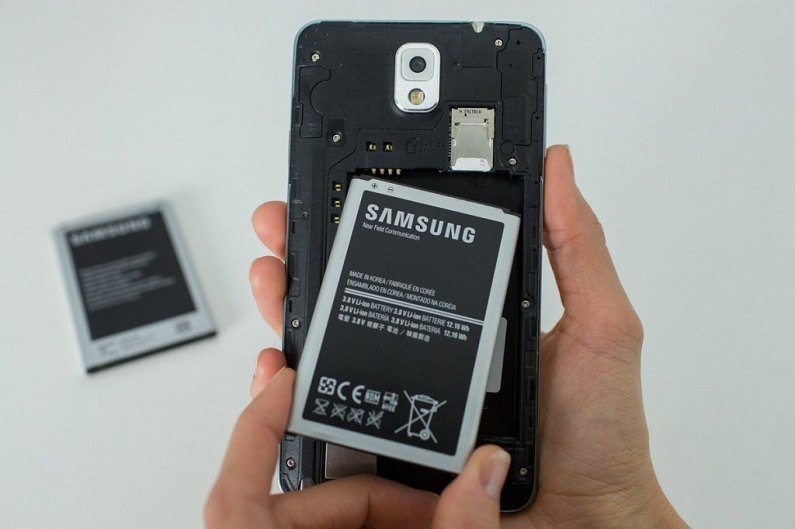
If we talk about the advantages of smartphones, where you can remove the battery, then it is worth focusing on the following points:
- I loaded it and took it with me. One of the main problems of many smartphones is that the charge of their battery is usually enough for several hours of active use. Then the battery runs out, you need to look for a charger, or Power Bank. Access to the outlet is not always available. And the “bank” requires additional financial costs, which are sometimes commensurate with budget phones. If the battery is removable, you can always keep a spare on hand. They are quite compact. If the phone sat down, removed the cover, inserted a pre-charged battery and continued to use.
- The problem of the phone freezing. If a device with a non-removable battery freezes, you have to hold down the buttons, hold them, in the hope that the device will somehow start to react. With removable models, everything is easier. If the smartphone is frozen, it is enough to remove the cover, pull out the power supply for a couple of seconds, and put everything back. Thus, the gadget will reboot and begin to function normally again.
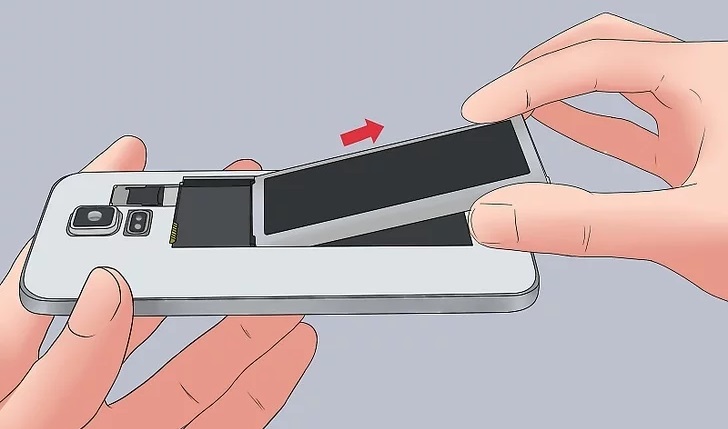
- When the phone wears out, only the battery changes. It is not difficult to imagine a situation when, after a long service, the smartphone began to discharge very quickly. It may not turn on at all, since the battery is out of order. Removable batteries are good because you can only replace it, and not buy yourself a new mobile device. This is a huge savings. Especially if there is no desire or financial ability to buy a new phone now. And the battery is inexpensive.
- Native and non-original batteries. The manufacturer does not always equip the phone with an outstanding battery. But if it is not removable, there is nothing you can do about it. In the case of a battery that is removed, it can be changed to a more powerful one. So the phone will be able to work longer, less often require charging.
Now to the question of their shortcomings.
The disadvantages that are relevant for removable types of batteries are rather arbitrary. You can argue with them.
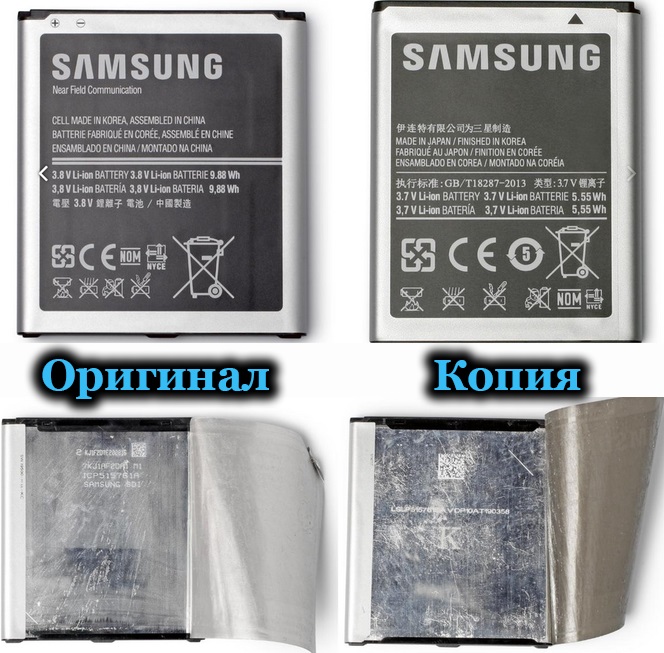
Here it is worth highlighting the 3 most frequently discussed disadvantages.
- Requirements for choosing a replacement battery. Yes, the plus is that the battery can be changed if the old one is out of order. But it is recommended to choose a new power supply very carefully. Give preference to certified manufacturers only. Also build on the characteristics laid down by the manufacturer of the phone. There is an opinion that it is a bad idea to take a rechargeable battery more powerful than the original. Although practice has shown that with small deviations, nothing happens.
- Form Factor Different phones are limited to a specific form factor. Therefore, the batteries are different for them. This causes some difficulties when a user needs to buy a battery for their smartphone. The originals are not always found. There are no universal models as such. Plus, not all third-party manufacturers are ready to offer a battery specifically for your device. If the phone is rare, then you will have to order almost from China, wait for your parcel for several months. If you take a device equipped with a removable battery, then only one of the most popular and widely available on the market.
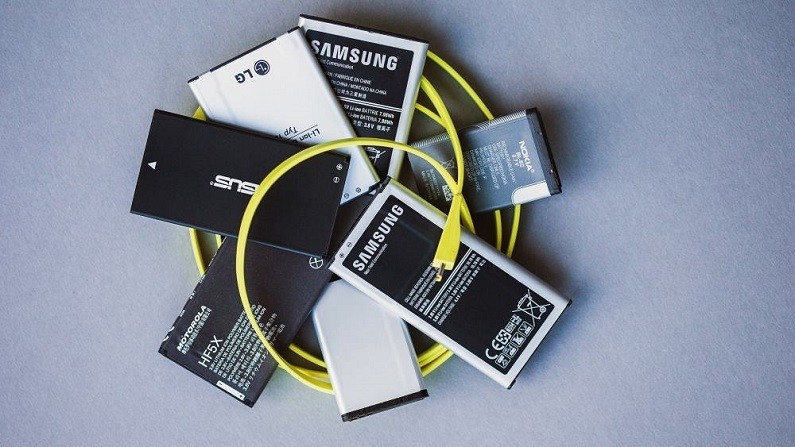
- Smaller capacity. Again, the reason is in the form factor. Removable batteries are usually quite compact, while in non-removable models they take up most of the device. These limitations lead to the fact that in terms of capacity they are inferior to their non-removable competitors.
Whether these are critical disadvantages or significant advantages, each user already decides for himself.
But the truth is, the era of phones with removable batteries is coming to an end. It is possible that they will return to the market someday. The current situation looks like it will soon be impossible to remove the cover of the smartphone and remove the battery from there.
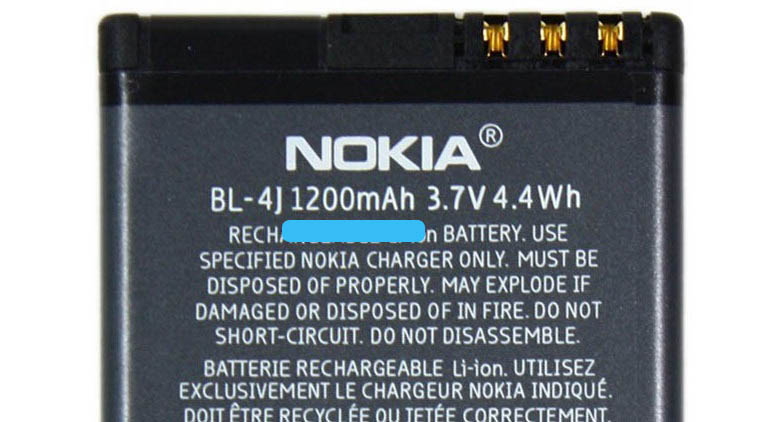
We can agree that this is even better and more convenient on many points. Thus, the user protects himself from the wrong choice of battery for replacement. Plus, it gives more freedom to mobile device developers. Due to the integrated power supplies, they can give the phone a different shape, compactly place all the stuffing, improve the design and increase the technical capabilities.
Removable batteries are not capable of holding a charge as long as built-in ones. If you increase their size, then you will have to forget about the thin case. And with the current trend to make smartphones as large as possible diagonally, but small in thickness, hardly any of the leading manufacturers will again take up removable batteries.

Focusing on the pros and cons of non-removable batteries in a smartphone makes it much easier to decide which side to take. Draw conclusions and decide for yourself whether a built-in battery is good or bad.
Which side will you join: is a non-removable smartphone battery a problem or not? Share your opinion in the comments and tell us which phone you are using now – collapsible or not.